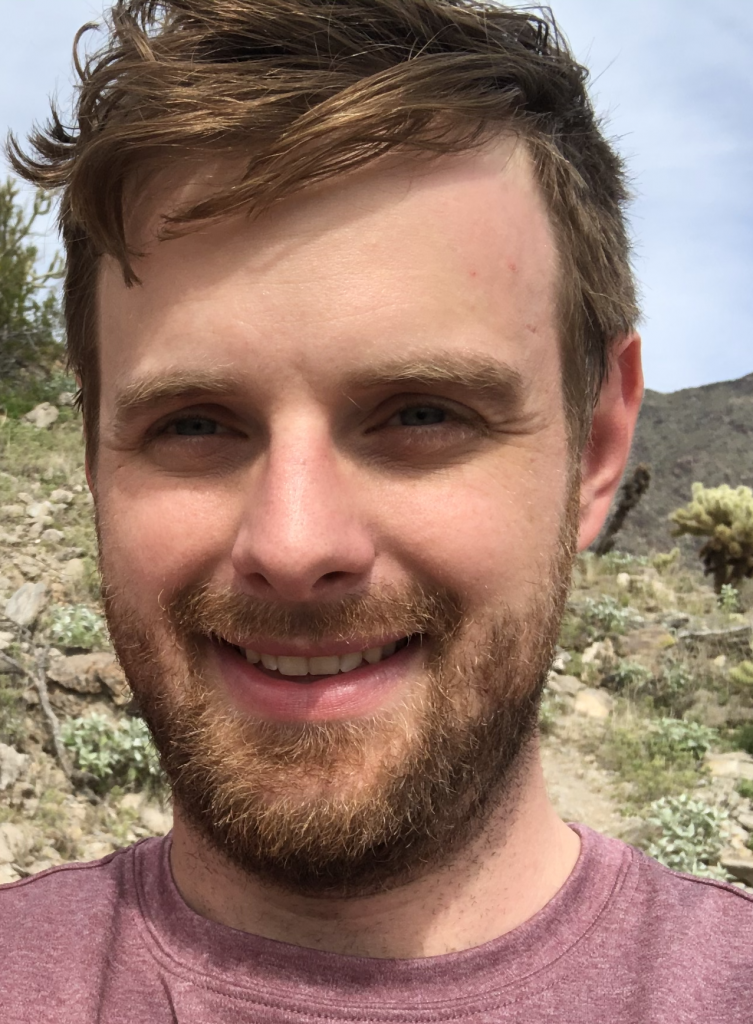September 3, 2020

Tell us a little about yourself, and how you got involved with FreeBSD?
I became involved with FreeBSD professionally around 2013 when I started at Limelight Networks, but had a bit of exposure to it at various points in the past. I’ve had a lifelong interest in Operating Systems and became very impressed with what FreeBSD was doing for us once I saw the stats. This curiosity led to how we could participate in the development of network stack improvements. I remember talking with George Neville-Neil and eventually we arranged a recurring TCP call with Netflix, Dell EMC, Juniper and others that really helped us navigate through the issues we found at the time and helped us contribute to fixing them. I started contributing and reviewing things relevant to work and personal use in src and ports, and I became a ports committer in 2018.
Outside of FreeBSD and work I am a resident of Arizona and try to enjoy the natural beauty as much as possible. I’m pretty deeply involved in computer history; in particular part of a small esoteric group of people that collect, repair, and maintain large systems like mainframes and minicomputers. In fact, I acquired an old telephone company building, and after completing some improvements and constructing exhibits, am planning to open a computing museum in the next two years. Working on Operating Systems helped give me a necessary long term view and patience for such a large undertaking!
Why are you passionate about serving on the FreeBSD Foundation Board?
The Foundation is something that helped me help FreeBSD. Since I’ve been observing and participating in FreeBSD, it has been a steady hand in driving a lot of platform improvements — particularly tricky bug fixes. I appreciate the outreach to students and people with no prior knowledge of FreeBSD, as this is important to growing the ecosystem. It is an honor to be able to participate in this process and help steward such an important organization toward the future.
What excited you about our work?
Some of the recent project work, especially things that require a long term commitment and view which corporate product teams sometimes struggle with: Compiler toolchain migration, NUMA and VFS scalability, as well as graphics hardware support — all great examples. This is a fit for the Foundation. We can respond to the collective input from our individual donors and smaller organizations to do things that they cannot or that larger organizations might overlook. Of course larger organizations also provide valuable feedback and get continuous improvements such as hardware vulnerability mitigation and developer ergonomics that mean the platform remains fundamentally interesting. That’s a great symbiotic relationship and the Foundation is the ideal place to care for it while spreading the good news.
What are you hoping to bring to the organization and the community through your new leadership role?
I really enjoy the times in my career related to working with vendors, coalitions, contractors — that sort of thing. It’s not always easy to get separate organizations to work together, but it is one of the more important things to an Operating System which has an expansive purpose. Working with some of the Foundation members will be exciting when talking to technology leaders, relating what we are doing and taking in new information to guide our decisions.
How do you see your background and experience complementing the current board?
Understanding how things go wrong in production and being on the escalation path at large scale operators is something that I can relate to with many of our sponsors; to make sure our compass is pointed in the right direction for these kinds of users. This includes understanding the implications of being a downstream, hardware support, software support, developer experience. I’m eager to learn from the other board members and participate in sound decision making that align with the Foundation’s charter!
